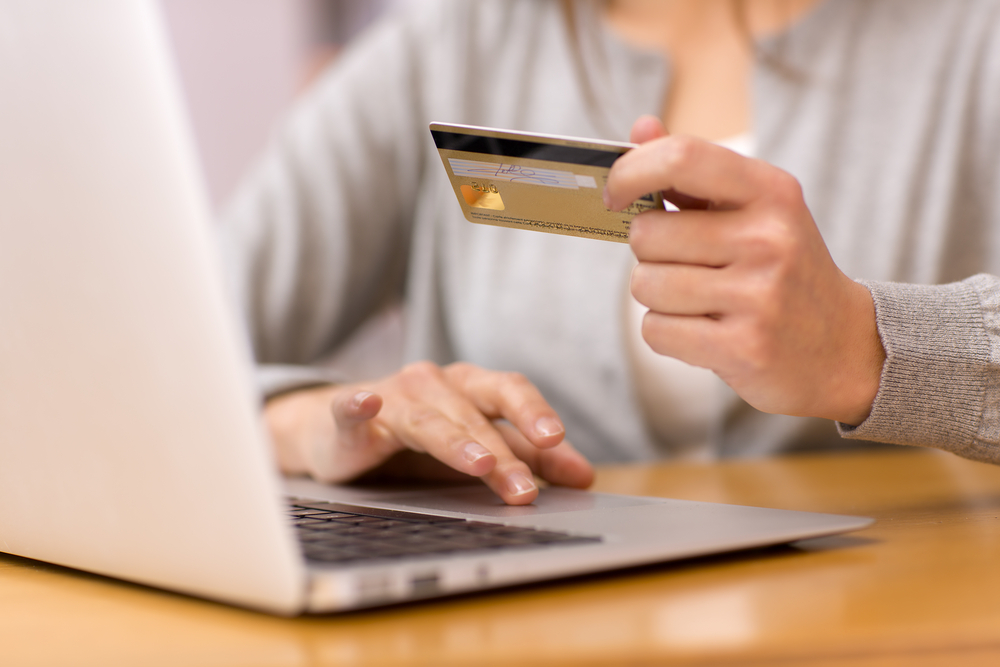Breaking
Will Apple’s digital wallet kill the card swipe?
NEW YORK — Apple wants the plastic credit card to become as rare as the paper check.
On Tuesday, the company announced Apple Pay, a digital payment system that lets people pay for retail store purchases using their phones rather than cash or credit cards. The service, which will work both with iPhones and Apple’s new Watch, is backed by a host of big retailers, along with most major banks and credit card issuers, including Visa, MasterCard and American Express.
So-called contactless payment isn’t new. Starbucks, McDonald’s, PayPal, Google and Square offer their own services, but only a small portion of customers use them. Some experts believe Apple Pay -with its presence on millions of iPhones and its advanced security features- could be the service that leads to widespread adoption of the digital wallet.
Citi Investment Research analyst Mark May believes the sum total of mobile payments could grow from $1 billion in 2013 to $58.4 billion by 2017.
Payment digitization paints an enticing vision of shopping’s future: simply tap your device against a checkout screen and walk away with your new shoes.
But despite the flashy Apple Pay launch, Apple faces challenges making that vision a reality. The company and other digital wallet providers must convince shoppers that the transactions are safe -especially in the wake of recent high-profile data breaches at Home Depot and Target. Meanwhile, the company must also make a case to retailers that it’s worth it for them to invest in new point-of-sale systems.
Many U.S. merchants still aren’t sold on the idea. About 220,000 stores are set up to accept Apple Pay. That’s only 5.5 percent of the 3.6 million retail locations in the U.S., according to the National Retail Federation. The biggest U.S. retailers, including Wal-Mart and Best Buy, are not participating in Apple Pay.
The main reason is cost. Each point-of-sale device, which uses something called near-field communication technology, costs hundreds of dollars, plus hours of worker training. And there’s been little customer demand for the systems.
That may change now that Apple has entered the arena, says Gartner analyst Avivah Litan.
“There’s no doubt young people want to use phones to make payments, but they have to have a place to pay,” says Litan. She predicts bigger retailers will see how well Apple partners like McDonald’s do before they move into mobile payments.
“If it goes well at other retailers, Wal-Mart and other companies may break down and start taking it,” Litan says.
In countries such as Canada and the U.K., contactless point-of-sale systems are widespread, and as a result, such payments are far more common. In Canada, for instance, about 20 percent of transactions at registers processed by MasterCard are completed by contactless payment, according to MasterCard.
“What you learn from that is when consumers start `tapping’ two or three times, they never go back to their old behavior at that merchant. … It’s just a much better experience,” says Ed McLaughlin, chief emerging payments officer at MasterCard.
One of the strengths of Apple Pay is its security. Its system uses the company’s Touch ID fingerprint technology, a secure chip, and payments that require a one-time security code.
That kind of security – similar to the chip-and-pin credit card system used in Europe – would prevent the type of breaches that happened at Target and Home Depot. And it could be a compelling reason for retailers to adopt Apple Pay, Litan says.
“If you get enough people using the service, it would cut down on retailers’ security costs, and that’s why over time it may really take off,” she says.
Still, not everyone is convinced that swiping a credit or debit card is that much of an inconvenience in the first place. Bill Ready, head of next generation commerce at PayPal, points out that near-field communication has been around for 10 years without catching on. His vision of the mobile payment future is more akin to an “e-commerce style transaction happening in the physical world,” he says, citing the example of car-sharing service Uber, which works with PayPal to processes riders’ payments by way of a mobile phone app.
“Uber addressed a real pain point, in that hailing a taxi and payment for a taxi is cumbersome,” he says. “We’re focused on those types of things more than killing the card swipe.”
Even amid the differing visions, most experts agree that the march toward the digitization of payment will continue.
“Someone is going to figure out how to make mobile payments easy and cheap and then we’re talking a real shift in consumer behavior,” says Gartner’s Litan.






















